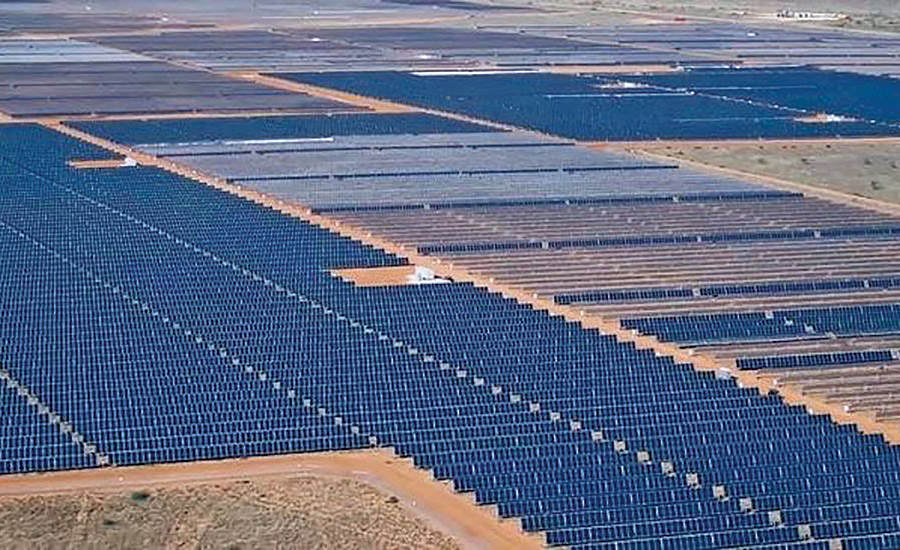Two Southern utilities will close nearly 20 GW of coal-fired capacity by 2035 with plans to make huge investments in renewable energy projects to replace the power shortfall.
Duke Energy will close 11 coal-fired plants 13 years earlier than previously announced and has budgeted $63 billion in capital expenditures over the next five years, with 80%, about $52 billion, “toward our clean energy transition,” Chairman and CEO Lynn Good told analysts in a Feb. 10 quarterly results call. “We’re executing the largest planned coal-fleet retirement in our industry, targeting energy from coal to represent less than 5% by 2030 and a full exit by 2035,” she said.
The company has 16 GW of coal-fired units in its fleet. Six of the plant set to close are in North and South Carolina, four in the Midwest and one in Florida. Duke expects to invest more than $130 billion over 10 years in fleet transition and grid upgrades, including extending the life of nuclear plants, CFO Steve Young said.
Coal will be replaced with zero-carbon resources and "prudent" investments in natural gas, he said, By 2035, its Belews Creek coal fired plant in North Carolina will shift to 100% natural gas production, but with current capacity cut in half.
The utility is studying the long-term potential of hydrogen co-firing and storage to better ensure reliability in the absence of coal, including a pilot program launched this year for its natural gas power plants to include hydrogen technology "as it evolves,” Young said. Hydrogen investment would be about $4 billion, the firm said.
Duke also said it set a new net-zero by 2050 goal for its natural gas business that includes upstream methane and carbon emissions from purchased gas and downstream emissions from customer use.
Duke expects to add 16 GW of renewable power by 2025 and 24 GW by 2030. Since 2010, it has retired 56 coal units producing 7.5 GW of energy.
Georgia Power on Jan. 31 proposed to retire by 2028 12 coal-fired units generating more than 3,500 MW and another two by 2035. The process will begin this year if approved by regulators. The company also would double its renewable generation by adding 6 GW by 2035 and 1,000 MW of energy storage by 2030 and upgrade hydro plant operations to provide clean energy for another 40 years.
“These announcements highlight a continuing trend,” Paul Patterson, an analyst with Glenrock Associates, told ENR. With a finite demand for electricity, and with renewables ramping up, something has to go, he said.
S&P Global Market Intelligence says U.S. utilities are set to shut down 51 GW of coal generation through 2027, with another 23 GW retired in 2028.
But some observers are skeptical. “A goal to be coal-free by 2035 is not the same as a goal to be carbon-free by 2035,” Maggie Shober, research director for the Southern Alliance for Clean Energy, told Grist.




